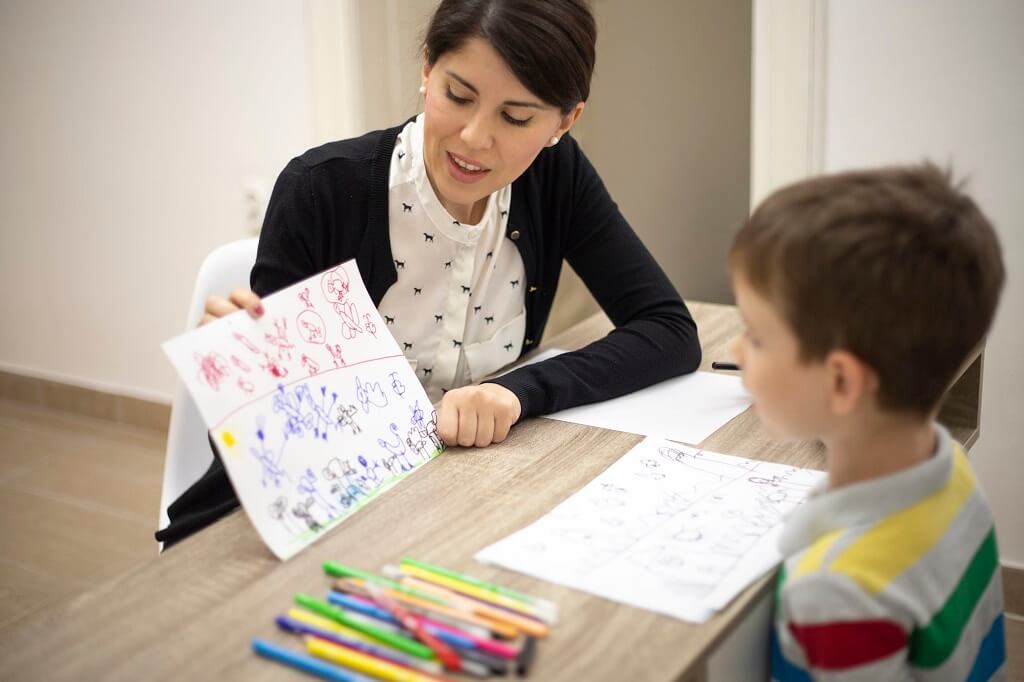How Conditioning Works in ABA Therapy for Autism

Although the social awareness of autism, and those on its spectrum, has grown exponentially in the last ten years: there's still a lot who don't understand. Adults who weren't diagnosed as kids because parents didn't know how to recognize it are now finding it at age 30, but kids in recent years are finally getting the care and awareness they deserve.
Many people on the spectrum have to work harder to live in a neurotypical society, and to do so; they have to create coping mechanisms and behaviors.
Conditioning is a part of ABA therapy that allows for autistic individuals to develop these mechanisms: here’s how.
Starting Younger
Most ABA therapy is best implemented when the patient is younger. Access at this time helps to build up coping mechanisms and mental pathways they can use for life. Although adults also use this therapy and find it incredibly useful, kids flourish the most. With younger children, using ABA therapy helps them develop adequate coping mechanisms and skills that will make their life more comfortable in the long-term. Although this can also help adults, giving them tools they haven't tried before, it’s less commonly used on them.
Reinforcing Interaction
Positive reinforcement is one of the best things in the work. It teaches our minds through steady and good interaction that we can grow and change and learn new behaviors. Although this doesn't necessarily work for everyone, some autistic people have trouble with how others react to them and treat them. Positive reinforcement of good behavior allows them to feel right about something they've done and recognize what they did to get that feeling out.
This part of ABA is most straightforward for families to continue helping practice at home away from the therapist and gives the autistic person's loved ones a chance to help with their therapy.
Showing Incorrect Behavior
Unfortunately, with many rewards, there's always another side of the coin. Although a firm correction is the best way to do it, some slight punishments are carried out for big mistakes. Especially in autistic children, showing them their errors or things they need to grow on can be a grueling experience since many people with autism take it personally. A good ABA therapy clinic will work with the family to ensure that the ‘punishments' for misstepping or mistakes aren't too severe. You don't want to hurt the person; just help them see that behavior gets a negative response.
Repetition
The most important part of ABA therapy is that it gets repeated and practiced daily. By using the tools that therapists give them, autistic people can work through those barriers they've always had. Treating the behavior as correct and rewarding can help their minds rework pathways to get used to this behavior.
Although there’s no cure for autism, and autistics always are in hot debate on whether they'd even want one, there are behavior changes that can make life easier for them. This therapy doesn't change their personality or make them someone else; it just gives them the tools they need to lead a more comfortable life.
839GYLCCC1992



Leave a Reply